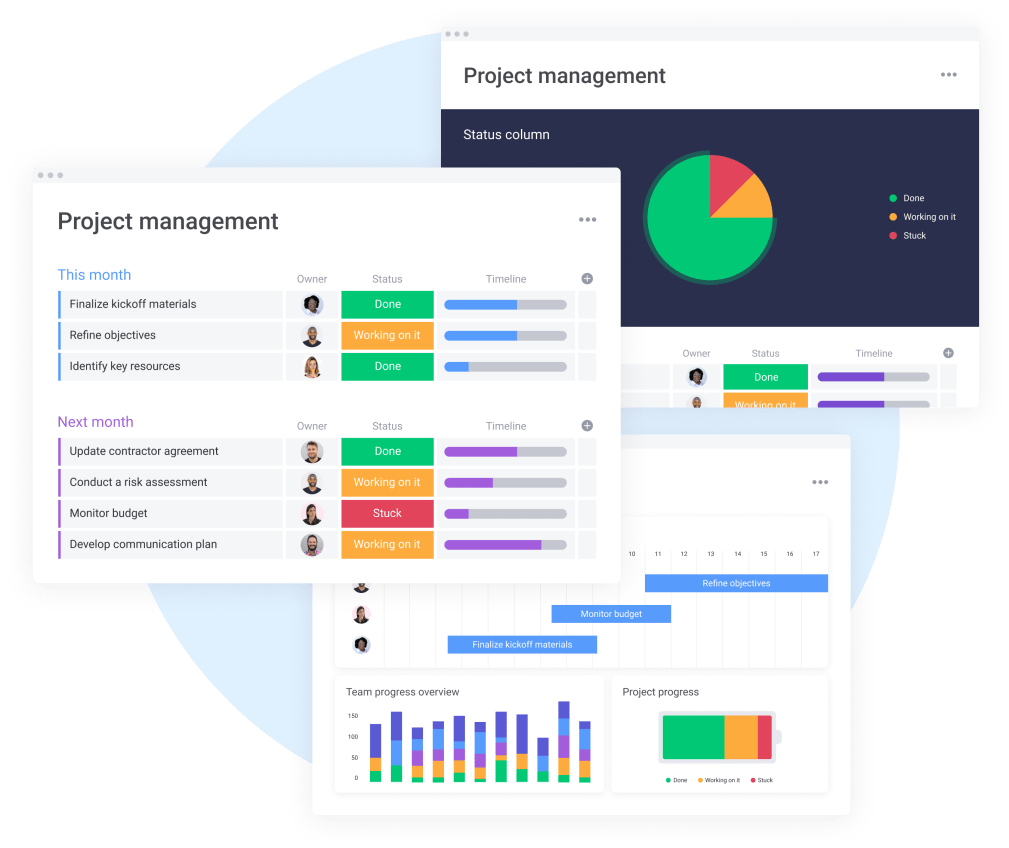

Yet staying true to what users have come to love about it is what earned Trello the loyalty of thousands of customers. Its interface may appear somewhat dated compared to some of the modern project management tools, such as Monday. While Trello is still actively developed, it changed little over the years. For those looking for additional functionality, Trello offers its wide selection of Power-Ups. Trello turns this simplicity into one of its key selling points, making it as easy as possible for anyone to get started with the tool and be productive with it. It's a simple Kanban tool, and it doesn't try to be anything else. On the surface, Trello might appear too limited – and that's by design. It was one of the first apps that introduced the Kanban board approach to project management, which was later copied by many of its competitors. Trello is one of the oldest project management tools on the market. Pricing: Free, advanced features starting from $10/user/month

Let's dive deeper into what Trello and Monday have to offer and also have a look at other alternatives you may want to consider. But despite some similarities, they follow two very different design philosophies. Trello has been around much longer, and some might even say that it served as an early inspiration for Monday. While Trello and Monday are both well-liked project management tools, they are popular for different reasons.

Let's take a closer look at both tools and examine their strengths and weaknesses to help you make the right decision. Trello and Monday (formerly known as Dapulse) are among the most popular project management tools on the market, and if you are evaluating solutions for your own team, you may find them on your shortlist.īoth Trello and Monday are used by thousands of teams and organizations – but which one of them is right for your business? The answer is not obvious and depends on several factors. Learn more about your options and pick the best tool for your team.


 0 kommentar(er)
0 kommentar(er)
